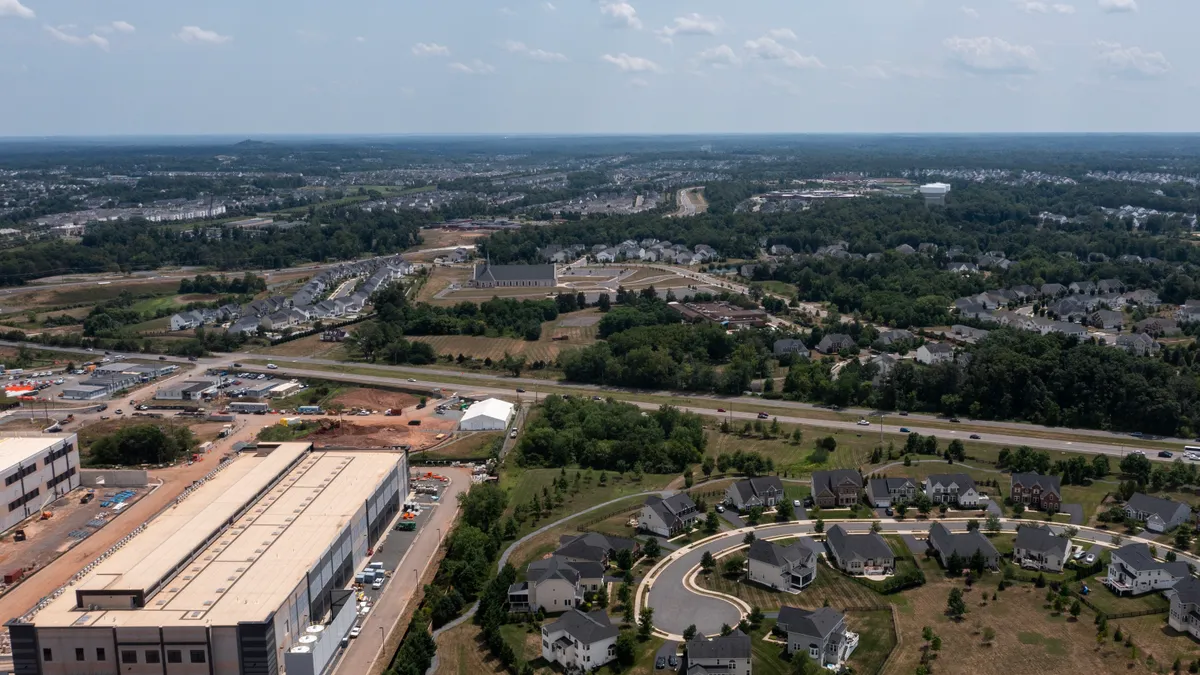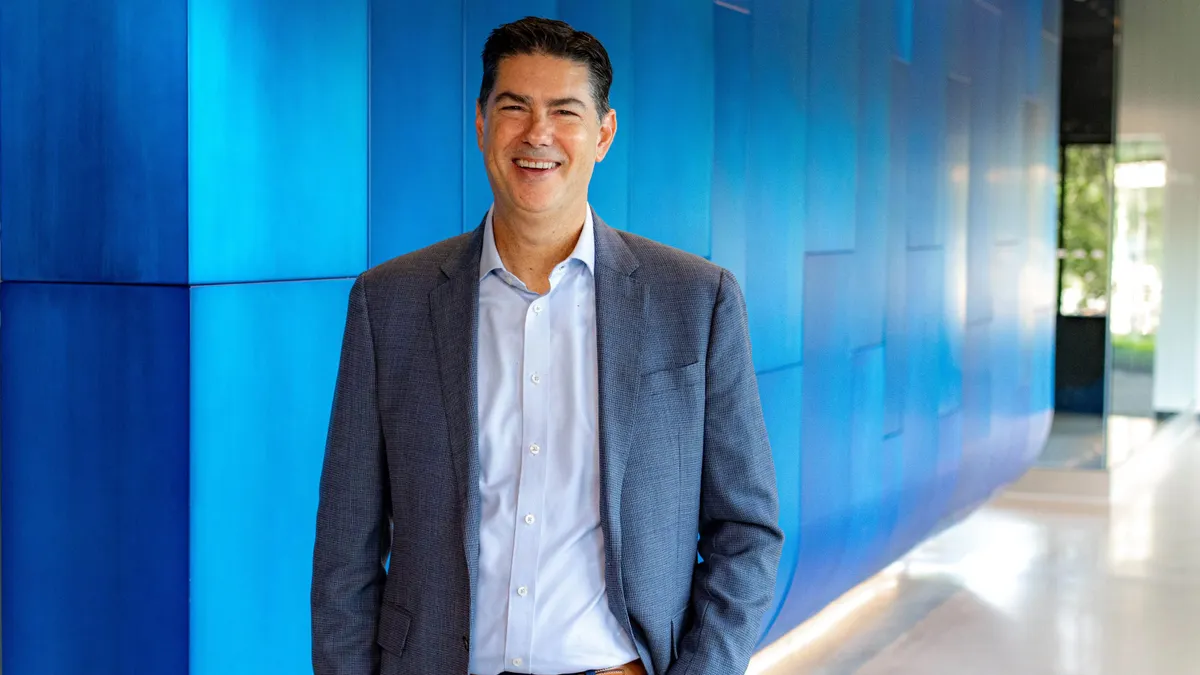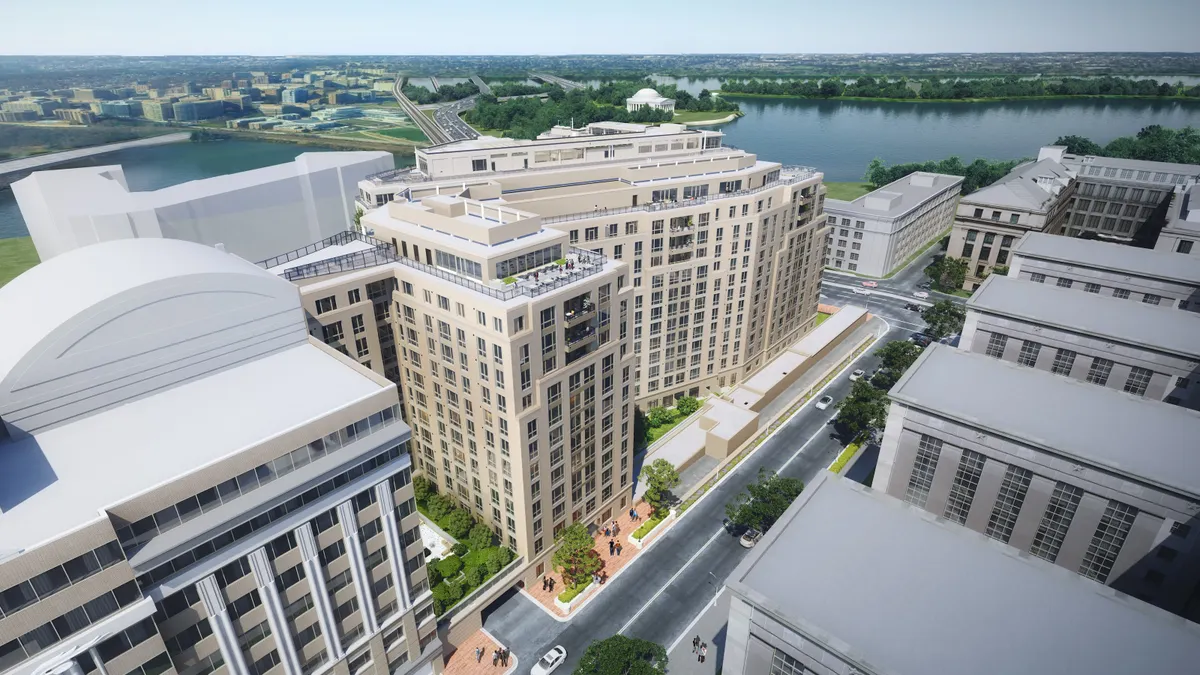The design-build delivery method has consistently been touted by its proponents as a way to reduce construction costs and schedules through the early collaboration of designers, contractors, engineers and any other significant project stakeholders.
Ask any design-build fan, and they will say that the disputes that typically arise over design changes through the course of a project — and that often result in costly change orders — can be addressed upfront, helping the entire process be more constructive and defined by camaraderie rather than confrontation.
In fact, according to a Pennsylvania State University study, design-build project schedules were 33% shorter on average when compared with traditional design-bid-build. When the study looked at costs, the news was even better, as it found that design-build projects were completed at a rate of 6% lower costs. Wanting to cash in on these benefits, more states are allowing the method to be used as an acceptable contracting method, with 25 now allowing their public agencies to enter into design-build contracts.
But like with any political or social issue, laws vary from state to state, and perception versus reality is where it seems design-build has hit a roadblock, particularly in New York — and even more so in New York City.
The unique case of design-build in NYC
New York Gov. Andrew Cuomo's latest budget proposal aims for the fences with design-build, as it seeks to expand the delivery method to all state agencies, but excluding New York City. Currently, only a handful of state organizations have been authorized to utilize it and have seen project success.
In December, Cuomo, with much fanfare, announced that the new $4 billion Tappan Zee Bridge, which is being built under a design-build contract, was on schedule and on-budget. Proponents of design-build also point to the $550 million Kosciuszko Bridge between Brooklyn and Queens as another example of how it works to create a successful project experience.
So why is New York City a design-build holdout? Attorney Sarah Biser, partner at Fox Rothschild and co-author of the "New York Construction Law Manual," said it could be due to a few reasons. One is safety, as there is a perception that controls might not be as tight in a process that sells itself as being able to streamline and overcome project hurdles.
"Public authorities … never want to lose control of the project or the opportunity they have before them. "

Bryant Farland
Senior vice president at Skanska USA Building
However, when it comes to design professionals, she said it's hard to believe that such a quality-of-design issue would be a problem. "Generally, it would be the same universe of design professionals who would be doing the very large projects," Biser said. "They wouldn't be any more negligent in their work from a design-build project to another [type of project]."
Lisa Washington, Design Build Institute of America's executive director and CEO, said that although some trade unions have successfully negotiated project labor agreements under design-build contracts, some mistakenly believe that the simplified design-build contract excludes their use. The owner, she said, still runs the show and can require any condition that would exist under any other contract — such as PLAs, contractor and vendor qualifications, local worker requirements, incentives for early completion or shared savings.
Biser said many have the perception of New York City as being at the forefront of every trend, "but we're behind the times."
It's also about giving up total control. "Public authorities … never want to lose control of the project or the opportunity they have before them. They want to make sure their programmatic needs are served," said Bryant Farland, senior vice president at Skanska USA Building. "The moment [they] hand it over, there's a concern."
Where 'wrong perceptions' come into play
However, Farland said he doesn't consider the worries over design-build to be a real concern. "It's a legacy issue associated with wrong perceptions," he said. During the bidding process for the $1 billion-plus Jacob J. Javits Convention Center project in New York City, he said, it was obvious that some potential suppliers or partners weren't used to doing business via a design-build model, but he added that "those walls are coming down."
A Lendlease-Turner Construction team won the Javits project, but the joint venture of Related Cos., Vornado Realty Trust and Skanska USA will begin construction on the $1.6 billion James Farley Post Office conversion into Moynihan Train Hall later this year. That project is also design-build, but Farland said that with the financing, operation and maintenance components, it's also in the realm of a public-private partnership.
The advantage of design-build, he said, has always been the aligning of partners so that each party thinks about the other project stakeholders, but he added that not everyone does business that way. In a collaborative environment, Farland said some people might think, "If I share that type of information, could someone have an opinion different from mine that may be in the best interest of the project but may change what I was planning to do?"
Most owners, however, end up feeling that they got exactly what they were looking for when they engage in a design-build project "but with much more innovative delivery methods," Farland said. He added that Skanska has been fortunate in that its partnerships with public agencies to date have been positive experiences. "They've embraced it," he said, "and worked collaboratively toward change."
Is change on the horizon?
But what about President Donald Trump's plans for a $1 trillion infrastructure program that is heavily reliant on the private sector to design, build, operate and maintain those assets? Design-build and public-private partnerships don't always go hand in hand, but they sometimes do, so will New York City allow a wider use of design-build going forward?
More people are "coming into the fold," Farland said, but the potential inconsistency between New York City and the state of New York are the result of "political winds and strengths that don't exist in others."
Biser is a little more optimistic. "If the money is coming in and the city thinks it will be cheaper to do a design-build, they'll make an exception very quickly," she said.





















